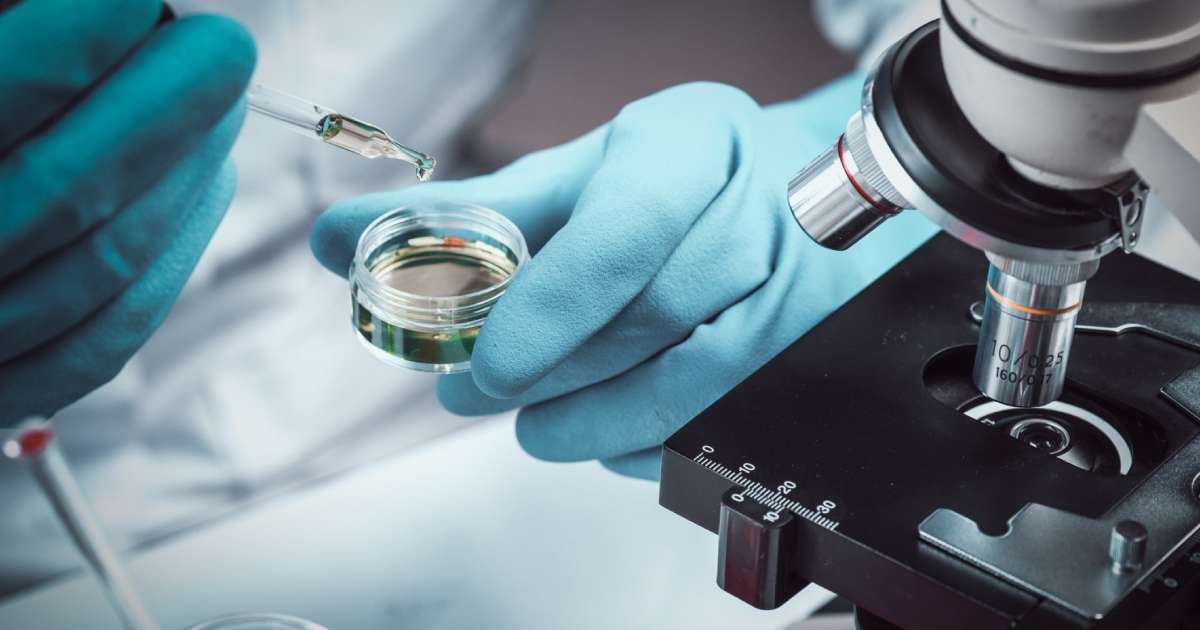Despite new technology approaches glycaemic control is worse in young people with type 1 diabetes now in comparison to previous generations, researchers have found.
The findings, unveiled at the American Diabetes Association’s (ADA’s) 80th Virtual Scientific Sessions, showed that a high percentage of American young adults were failing to meet HbA1c targets.
Lead researcher Dr Faisal Malik, assistant professor of paediatrics at the University of Washington School of Medicine, said: “These results suggest that not all youth and young adults with diabetes are directly benefiting from the increased availability of diabetes technology, newer therapies, and the use of more aggressive glycaemic targets for youth with diabetes over time.
“Given the evidence highlighting the benefits of tight glycaemic control, this study reinforces the need for interventions that combine the use of diabetes technology with effective behavioural and social approaches to improve A1C levels.”
The study involved examining data from 6,492 people with type 1 diabetes. Their glycaemic control was monitored and put into three different groups based on the duration of their diabetes and their age.
The findings suggested that during 2002 and 2007, the average HbA1c measurement was 8.6 per cent (70 mmol/mol), and was statistically significantly higher in between 2008 and 2013 and 2014 and 2019, at 8.9 per cent (74 mmol/mol) and 8.7 per cent (72 mmol/mol), respectively.
Further investigation showed that HbA1c levels were higher in all the age groups (10 to 14, 15 to 19 and 20 to 24) between 2014 and 2019, when compared to their previous counterparts in 2003 and 2007.
Dr Malik added: “Future research should explore interventions that combine the use of efficacious diabetes technology with both effective behavioural and social approaches to improve glycaemic control for the highly diverse group of US youth living with diabetes.”




